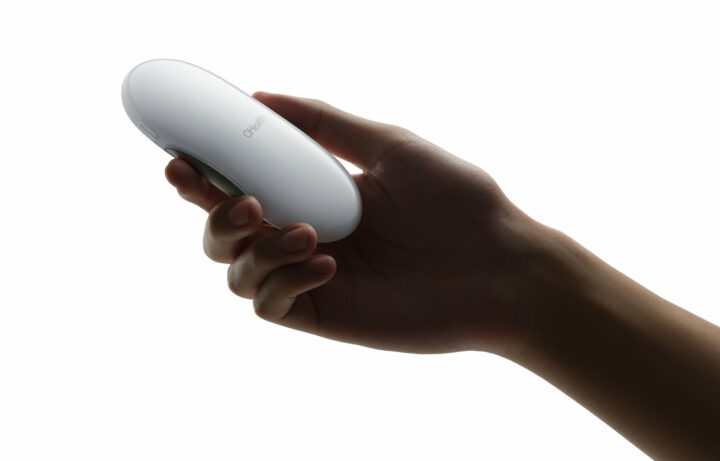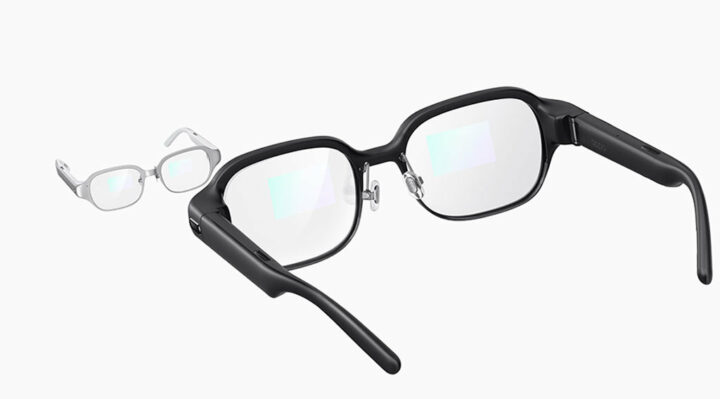Oppo wants to revolutionise healthcare with its all-in-one health tracker, the OHealth H1, a device intended to make things easier for patients and healthcare professionals. Its announcement coincides with the news of the upcoming Find N2 and Find N2 Flip phones from Oppo.
A rather unassuming-looking device, the OHealth H1 weighs just a slender 95 grams, making it easy to take wherever you go. Capable of measuring six different health readings, Oppo hopes its new tech will enable more efficient and targeted healthcare.
OHealth H1: six health measurements in one small device
Meant for use by anyone in the family, the unit combines precise sensors, health algorithms, and cloud technologies to measure several different data points. One feature takes the form of an electronic stethoscope, providing auscultation functionality – providing clear audio of one’s heart and lungs.
Another couple of OHealth H1 features include some we’ve seen across smartwatches recently: ECG and heart rate measurements. This helps to identify heart abnormalities and irregular rhythms, detecting potential risks. Alongside this is blood oxygen readings measured on fingertips, which are said to be more accurate than the wrist-based readings of watches like Oppo’s own smartwatch.
Sleep monitoring also comes included with Oppo’s debut health device, requiring you to place the OHealth H1 within 20cm of your pillow for accurate, touch-free measurements. To do this, it records breathing, heartbeats and body movement picked up through subtle mattress vibrations, plus snoring analysis.
Plus, it can take forehead temperature readings to within 0.2 degrees Celsius between 35-42 degrees. Additionally, blood pressure readings taken using selected Omron devices can transfer to the OHealth app, bringing more health data to one location.

Oppo aims to help medical professionals deliver more precise diagnoses and treatments based on data recorded by the OHealth H1. For individual users, there’s potential for the device to assist with chronic disease management, prompting users to measure vitals at regular intervals. As a future ambition, the company hopes data recorded by its device can eventually integrate with telemedicine, where doctors can access your health readings via the cloud and provide ongoing care with up-to-date information.
Oppo remains busy with new glasses and Bluetooth tech
Alongside the OHealth H1, Oppo also unveiled the Air Glass 2, what it refers to as “Assisted Reality” glasses. Compatible with prescription lenses, the Air Glass 2 can also make phone calls, provide real-time translation, and navigate in addition to accessibility features like voice-to-text.

Finally, Oppo revealed its MariSilicon Y technology, a Bluetooth audio chip capable of transmitting 24-bit/192kHz lossless audio. Its bandwidth reportedly expands on other Bluetooth SoCs by 50% by using advanced N6RF process technology to deliver high-quality audio to Bluetooth devices.
Exact release or pricing details are not yet known, but it’s clear that Oppo has grand plans far beyond the smartphone market.









